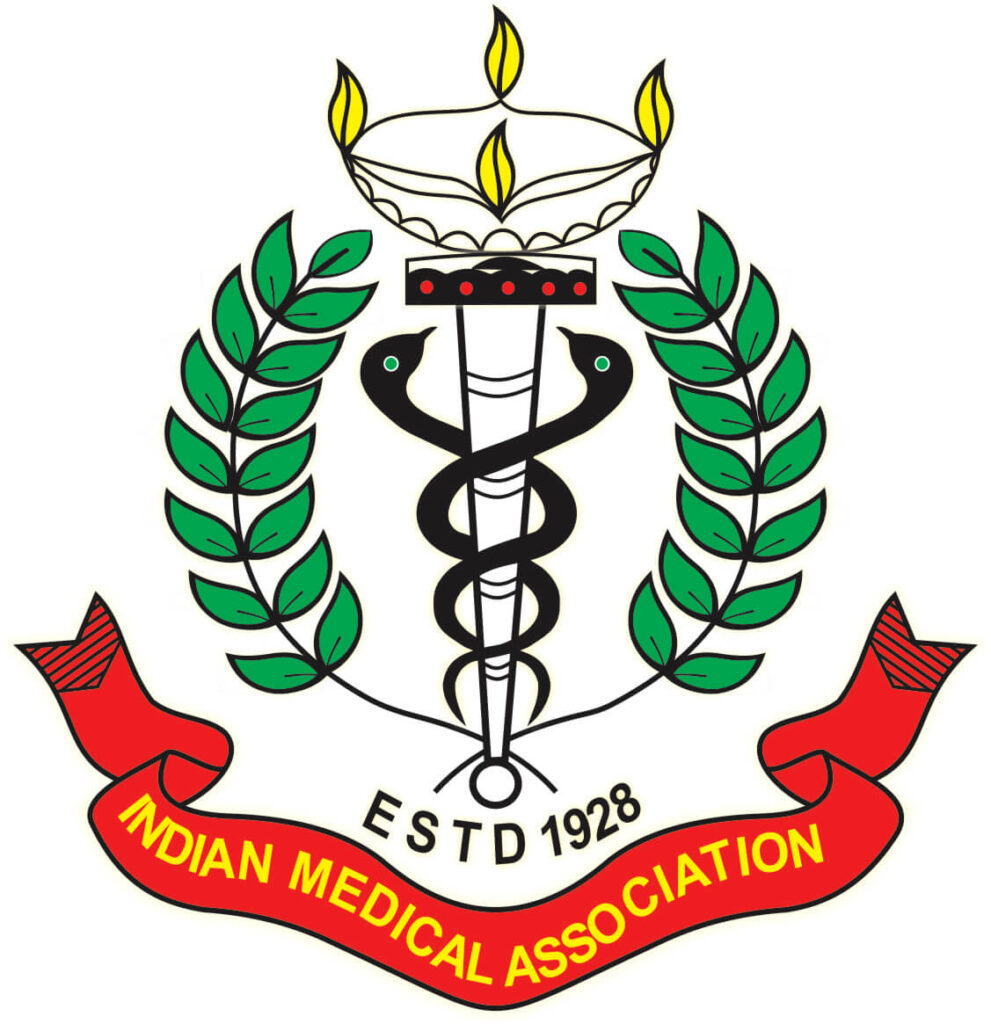COMMENTARY
KERALA DIABETES PREVENTION PROGRAM (K-DPP): Hope on the Horizon
Dr Mohan T Shenoy1, Dr K T Shenoy2, Dr Sanjay Kalra3.
Abstract
This article highlights the study findings of initial phase of Kerala Diabetes Prevention Program (K-DPP) – a community-based cluster Randomised control trial with peer supported intervention to estimate the incidence of Type 2 Diabetes mellitus (T2DM) and other cardiometabolic events. Existing proof-of-concept studies like the Da Qing Diabetes Prevention Study and the U.S. Diabetes Prevention Program demonstrated considerable reduction of the cardiovascular events in the extended follow-up period. The K-DPP aims to provide the much-needed insights into the effectiveness and applicability of lifestyle intervention.
Introduction:
It is a well-known fact that the South Indian state of Kerala has undergone considerable demographic transition as per the health indicators like Infant mortality rate (IMR) and Maternal Mortality ratio (MMR) at par with the developed countries. Allied to this transition, the menacing quadruple burden – namely Communicable diseases (TB, leprosy, HIV, emerging tropical viruses etc); Non communicable diseases (cancer, diabetes, hypertension), Malnutrition, Mental illness, and Substance abuse. The demographic structure with greater geriatric population is a major factor with regard to diabetes, its complications, and comorbidities.
Analysis of the study:
The Kerala Diabetes Prevention Program (K-DPP) study protocol was conducted in a rural community of Kerala Trivandrum district, from 2013–2016, amongst 1007 participants aged 30-60 years at the time of enrolment. They were high-risk individuals based on the Indian Diabetes Risk Score (IDRS ≥ 60).
Aims of the study
To assess the long-term effectiveness of K-DPP on incidence of diabetes, cardiometabolic risk after nine years of participant recruitment. The retinal microvasculature changes, microalbuminuria, and ECG abnormalities and their association with cardiometabolic risk factor were included. Besides this, the long-term cost-effectiveness and sustainability of community engagement, peer-support, and other related community activities at the end of nine years was planned.
The intervention arm had sessions on physical activity, tobacco cessation, dietary advise whereas the control arm received the education booklet only. Main outcomes from this study were a reduction in the diabetes (17.1 % in the control and 14.9% in the intervention and a reduction in 10-year cardiovascular disease (CVD) risk in the intervention group compared to the control group among those aged 40 years or more.
Discussion:
In the initial 2 years of study, there was a remarkable decline in the incidence of diabetes. In the planned follow-up period, the researchers hope to estimate the long-term sustainability of this intervention in the measurable components of retinopathy and microvasculopathy. Peer group-based intervention may be a beneficial strategy.
Merits of the study
- Tests the feasibility of a peer-supported community intervention in the long-term cardiometabolic risk reduction in the Indian subcontinent.
- Evaluates the Kerala model for sustainable and equitable health policy and practice in the current epidemic of non-communicable diseases.
Summary:
K-DPP could potentially give pointers on the long-term effects of lifestyle interventions for diabetes prevention in India and similar resource-limited settings. There are several challenges in a consumer state like Kerala with unique demographic transitions. In general, there is a high coexistence of the silent obesity factor – the major reasons for which are physical inactivity, increased screen time, energy harvesting with increased intake of trans fat. Doubts remain as to whether similar effects would be replicated when we upscale it to the general population especially in the context of limitations imposed by the COVID 19 pandemic. We shall keep our fingers crossed as we await the follow-up results on the long-term end points.There is hope on the horizon as Kerala can convert despair to dynamism and emerge as an action leader in health promotion.
Further readings
- Haregu T, Lekha TR, Jasper S, et al. The long-term effects of Kerala Diabetes Prevention Program on diabetes incidence and cardiometabolic risk: a study protocol. BMC Public Health. 2023;23(1):539. Published 2023 Mar 22. doi:10.1186/s12889-023-15392-6
- Mohan V, Deepa R, Deepa M, Somannavar S, Datta M. A simplified Indian diabetes risk score for screening for undiagnosed diabetic subjects. J Assoc Physicians India. 2005; 53:759–63.
- Anjana RM, Unnikrishnan R, Deepa M, et al. Metabolic non-communicable disease health report of India: the ICMR-INDIAB national cross-sectional study (ICMR-INDIAB-17). Lancet Diabetes Endocrinol. 2023;11(7):474-489. doi:10.1016/S2213-8587(23)00119-5
Article Info
Published on 01.10.2023
How to cite this article: Mohan T Shenoy, K T Shenoy, Sanjay Kalra. Commentary on the Kerala Diabetes Prevention Program (K-DPP): Hope on the Horizon. JAMST. 2023;1(1):26 – 27
Keywords: Type 2 Diabetes, Lifestyle intervention, Interventional study
Author Info
1Dr Mohan T Shenoy, Consultant Endocrinologist, Sree Gokulam Medical College and Research Foundation, Venjaramoodu, Trivandrum -695607; ORCID ID https://orcid.org/0000-0002-2298- 8852 ; drmohanshenoy@gmail.com
2Dr K T Shenoy, Professor, Department of Gastroenterology, Clinical Epidemiologist, Sree Gokulam Medical College and Research Foundation, Venjaramoodu, Trivandrum -695607; ORCID ID https://orcid.org/0000-0002-2826-6869; drktshenoy@gmail.com
3Dr Sanjay Kalra, Department of Endocrinology, Bharti Hospital, Karnal, India; University Centre for Research & Development, Chandigarh University, Mohali ORCID ID https://orcid. org/0000-0003-1308-121X ; brideknl@ gmail.com



